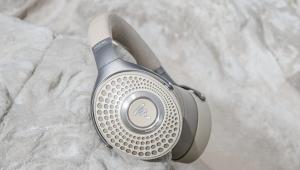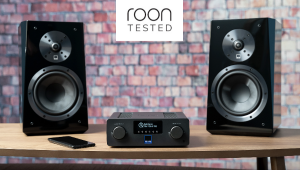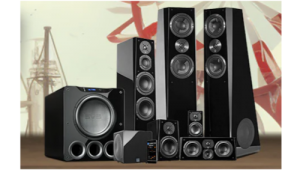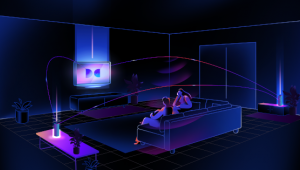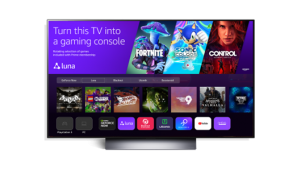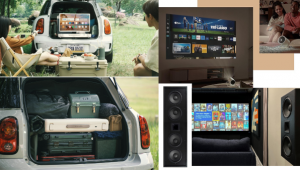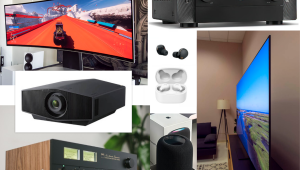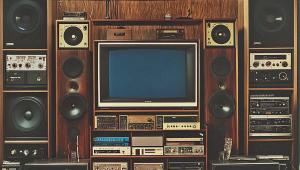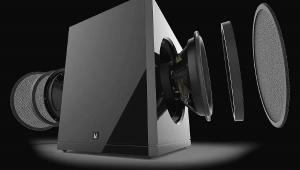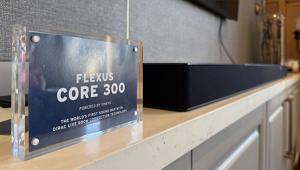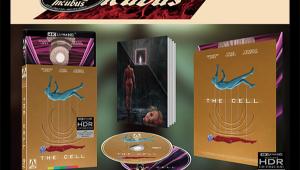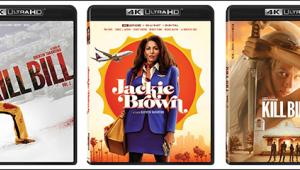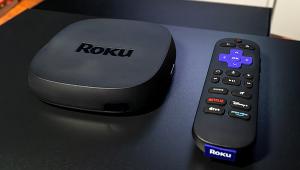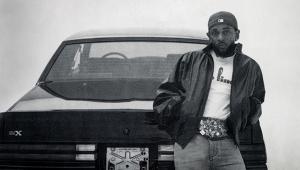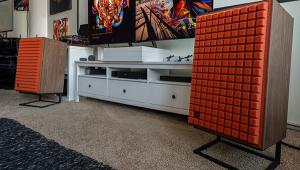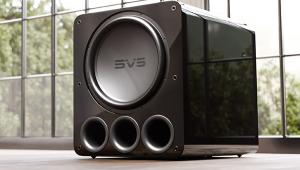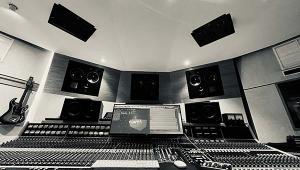Smaller DTVs May See Renewed Focus
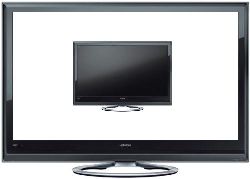
Retailers and analysts expect smaller DTVs to sell better in the wake of the DTV transition. Up to now, the transition-related action has been in sales of converter boxes and new subscribers for cable and satellite services. While those things will keep primary TVs going, there are still lots of secondary sets in bedrooms and guest rooms that need replacing, and consumers may not necessarily want to acquire a set-top box or get cable for every room. Smaller DTVs are expected to fill the gap, and thanks to timely action by the Federal Communications Commission several years ago, all of them are required to have onboard ATSC tuners to receive digital over-the-air signals.
At the opposite end of the product spectrum, high-end sets with 120Hz or 240Hz (double or quadruple) frame rates are also expected to do well this year, according to the NPD Group's DisplaySearch research division. Sets with the oh-so-sexy 120Hz spec broke the 10 percent sales barrier in 2008. This year they're expected to hit 17.1 percent. Throw in another 4.2 percent for the newer 240Hz sets and you're well over the 20 percent mark. Clearly consumers with a discerning eye are seeing the benefits of these technologies and the reduction they bring in motion smear.
- Log in or register to post comments






